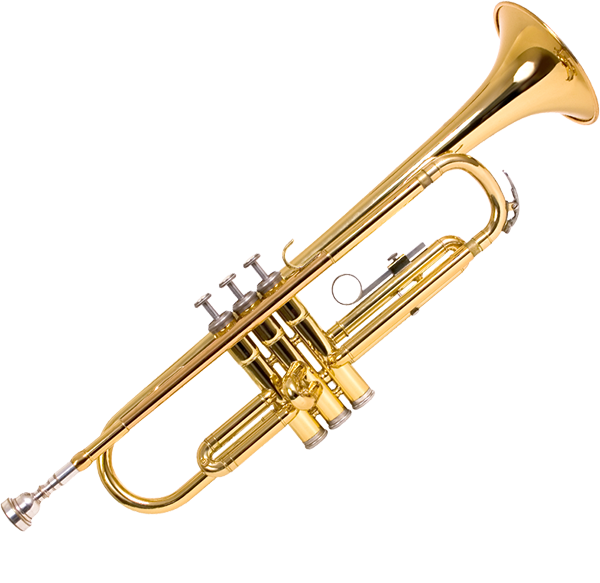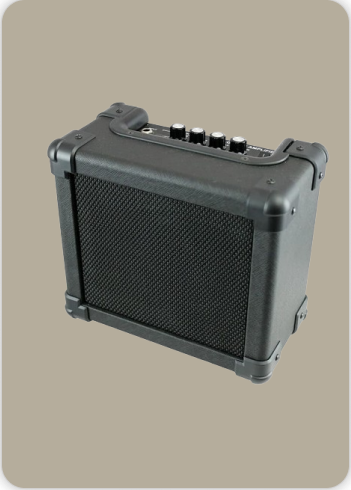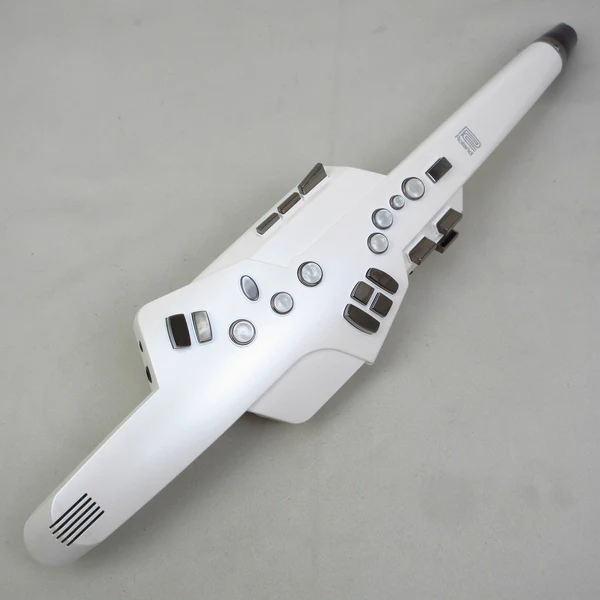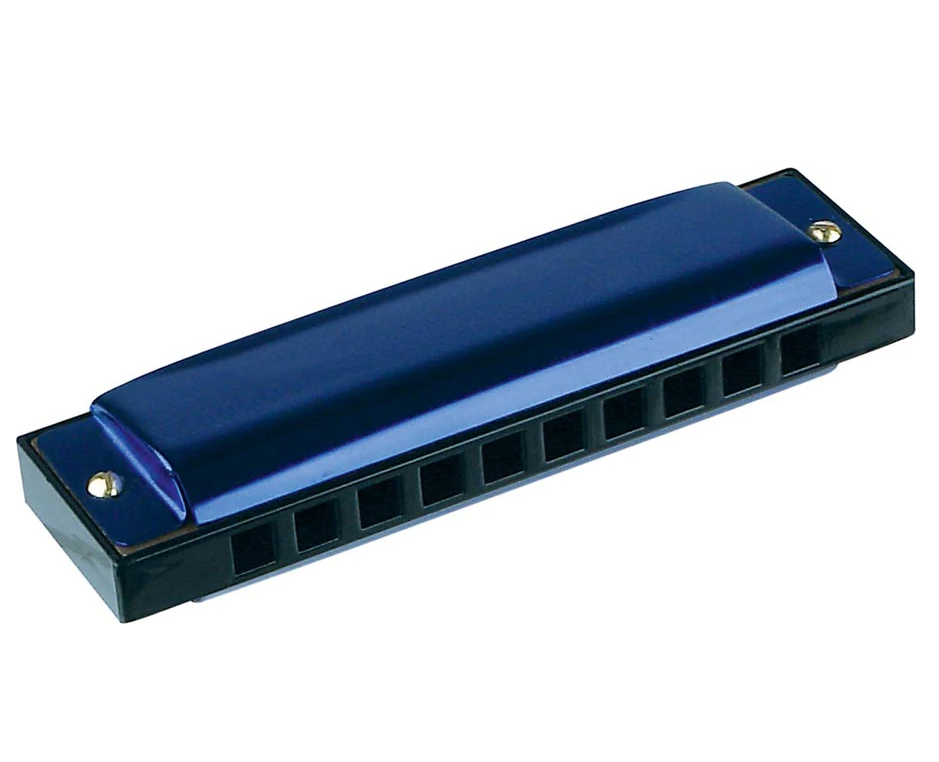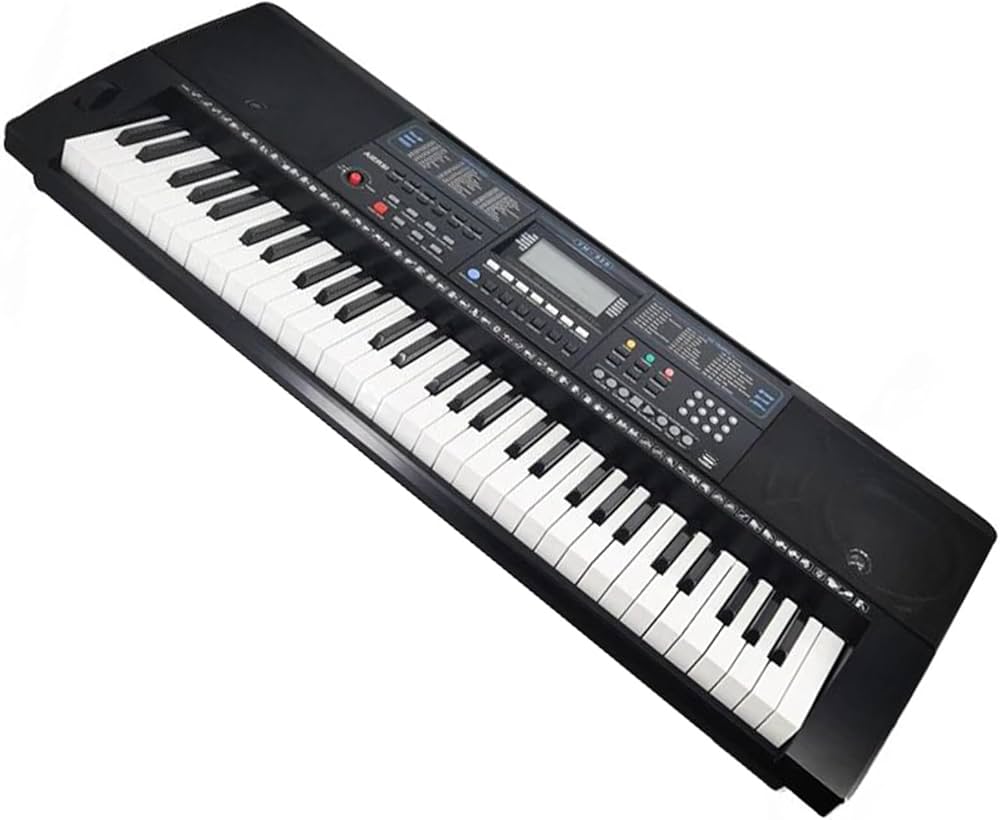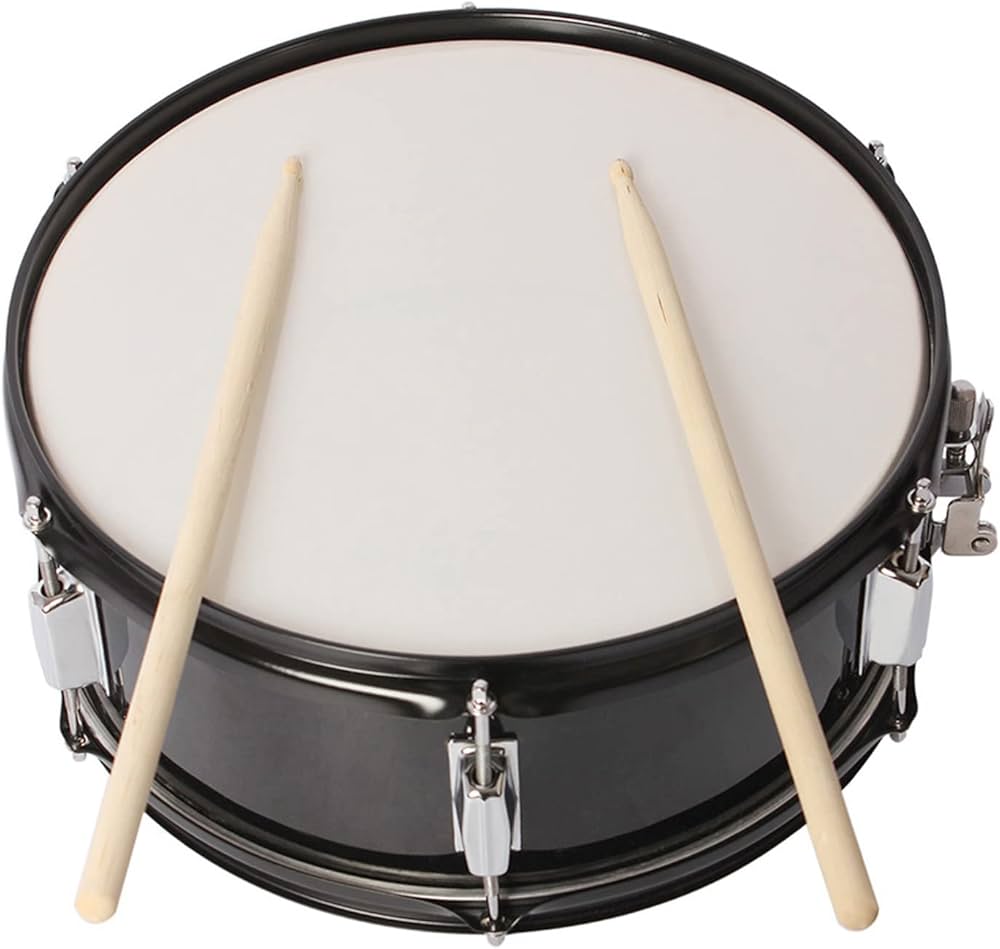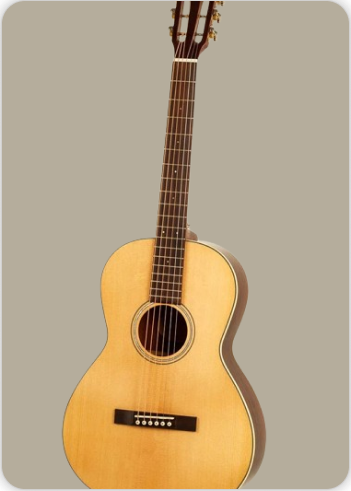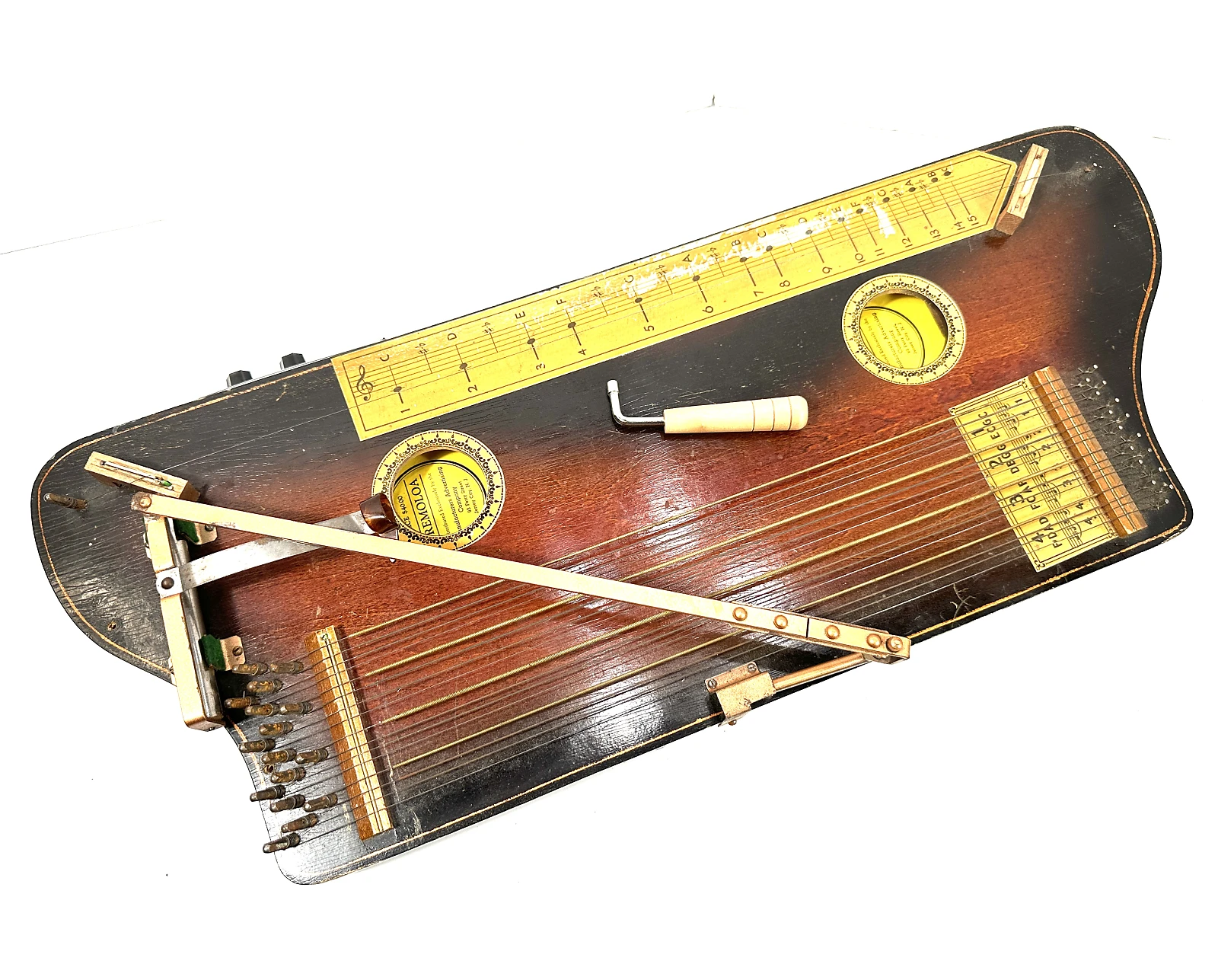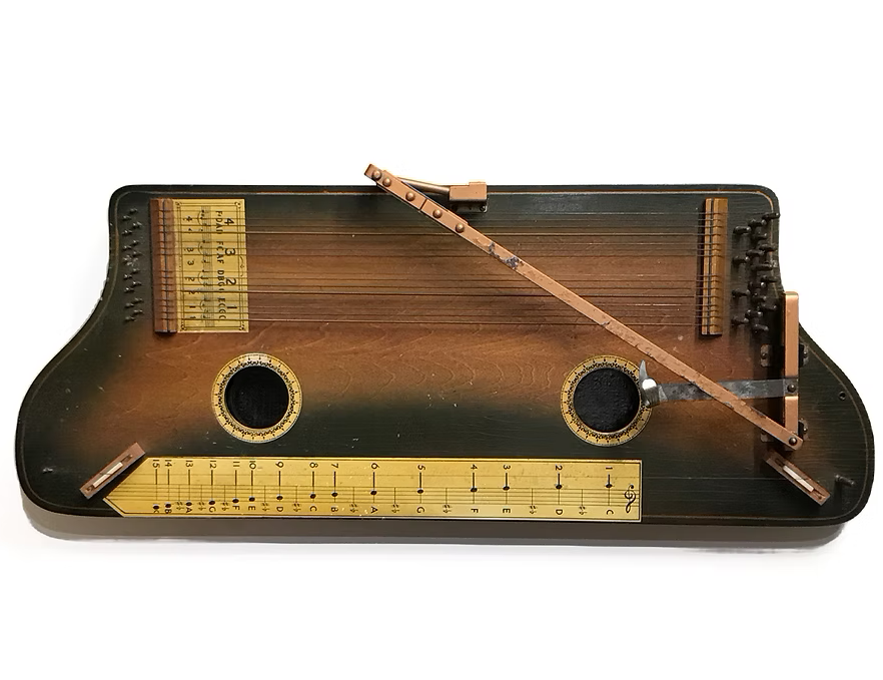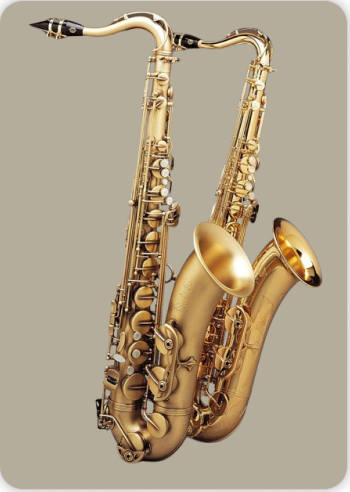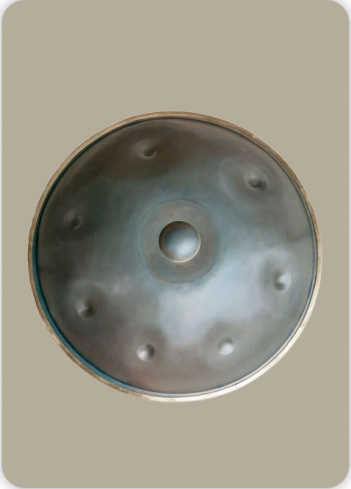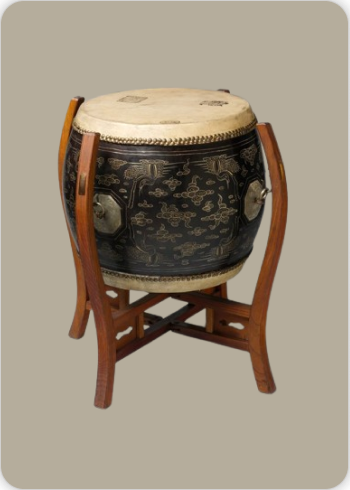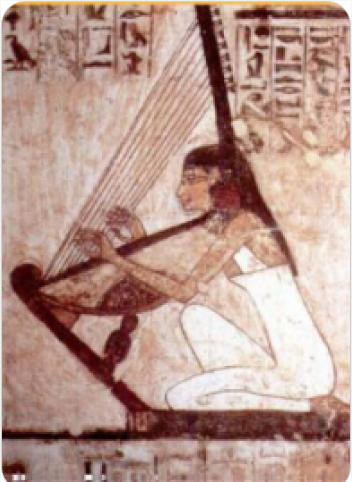Tremoloa
Plucked Instruments
America
Between 1901 and present
Video
The tremoloa is a unique and somewhat eccentric stringed musical instrument that emerged in the early twentieth century United States. It belongs to the fretless zither family and is often described as part slide guitar, part zither, and wholly distinctive in its sound and playing technique. The instrument was designed to mimic the tonal qualities of the Hawaiian steel guitar, which was enjoying a surge in popularity across America during the 1920s. The tremoloa produces its characteristic sound through a combination of a single melody string, which is manipulated by a weighted roller or slide, and a set of chord strings that can be strummed to provide harmonic support. The instrument’s design allows for a range of expressive effects, including glissando, tremolo, and vibrato, resulting in a sound that is both haunting and evocative. Although the tremoloa was marketed as an accessible instrument suitable for novices and families, its playing technique is actually quite challenging, requiring independent coordination of both hands.
Type of Instrument: The tremoloa is classified as a string instrument, more specifically as a board zither sounded by a plectrum, according to the Hornbostel–Sachs system (classification 314.122-6). This places it in the same broad family as instruments like the autoharp and the ukelin, both of which were also popular in early twentieth-century America. Unlike the autoharp, which uses a series of chord bars to mute strings and facilitate chord playing, the tremoloa features a single melody string played with a sliding mechanism and a set of open chord strings that are strummed. The instrument is entirely acoustic, relying on the vibration of its strings and the resonance of its wooden body to produce sound. Its most distinctive feature is the use of a weighted roller or arm that both selects pitches on the melody string and creates the signature tremolo effect for which the instrument is named.
History and Origin
The tremoloa was developed in the United States during the early twentieth century, specifically in the 1920s and 1930s. Its invention is credited to Harold Finney and John H. Large, who were granted a patent for the instrument in 1932. The instrument was produced in response to the Hawaiian music craze that swept the United States during this period, a phenomenon fueled by the popularity of Hawaiian steel guitar music and the broader fascination with exotic and tropical themes in American culture. The Oscar Schmidt Company, a well-known manufacturer of zither-like instruments such as the autoharp, was responsible for producing large numbers of tremoloas from the early 1930s until the mid-1950s. The instrument was primarily sold in North America, often through door-to-door salesmen who targeted rural households with promises that the tremoloa was easy to learn and suitable for the whole family. Despite these marketing claims, the instrument proved to be quite difficult to master, and many units were returned by dissatisfied customers. Nevertheless, thousands of tremoloas were sold during its heyday, and the instrument remains a quirky relic of American musical history.
Construction and Physical Structure
The physical structure of the tremoloa is both simple and ingenious, reflecting its origins as a mass-produced, home entertainment device. The body of the instrument is typically made of wood and resembles a shallow rectangular box, similar in appearance to other zithers of the period. The top surface of the instrument features a set of parallel strings, with one string designated as the melody string and the others grouped for chordal accompaniment. The melody string runs the length of the instrument and is positioned above a large, printed note label or chart that indicates the locations of musical pitches. This chart allows the player to visually select notes by positioning the sliding mechanism at the appropriate point along the string.
The most distinctive component of the tremoloa is its sliding arm or roller, a weighted device that is stabilized by a swinging lever. This arm is manipulated with the right hand and is fitted with a plectrum or thumb pick, allowing the player to pluck the melody string while simultaneously moving the roller to select pitches. The weight of the roller not only determines the pitch by pressing down on the string but also enables the creation of tremolo and vibrato effects by oscillating the arm or rapidly moving it back and forth. The left hand is used to strum the chord strings, which are typically tuned to common chords such as C, G, F, and D major. The instrument often features decorative sound holes and a paper label indicating the manufacturer and price. The tremoloa’s construction is relatively lightweight, making it portable and suitable for home use. However, the design is somewhat unwieldy, requiring the player to coordinate both hands independently: the right hand for melody and effects, and the left hand for chordal accompaniment. The instrument’s tuning and maintenance are straightforward, but the playing technique demands a high degree of manual dexterity and musical intuition.
Types of Tremoloa
While the tremoloa itself did not spawn a wide array of variants, it is part of a broader family of early twentieth-century American zithers and novelty instruments. Within the category of tremoloas, there are minor variations in design and construction, often reflecting the practices of different manufacturers or changes over time. Some models feature more elaborate decorations or additional chord strings, while others are more basic in their construction. The core design, however, remains consistent: a single melody string with a sliding arm and a set of chord strings for accompaniment. Related instruments include the ukelin, which combines features of the violin and the zither and was also marketed as an easy-to-play home instrument. The autoharp, another cousin in the zither family, uses a system of chord bars and dampers to facilitate chord playing, but lacks the sliding melody mechanism of the tremoloa. While these instruments share a common heritage and were often produced by the same companies, the tremoloa stands out for its distinctive sliding arm and the expressive effects it enables.
Characteristics of the Tremoloa
The tremoloa possesses several unique characteristics that distinguish it from other stringed instruments. Its most notable feature is the ability to produce a tremolo or vibrato effect on the melody string, achieved by manipulating the weighted roller or arm. This creates a shimmering, wavering sound that closely resembles the effect of a Hawaiian steel guitar, lending the instrument a haunting and ethereal quality. The glissando produced by moving the roller smoothly along the string further enhances this effect, allowing for expressive slides between notes. The instrument’s range is limited by the length of the melody string and the positions marked on the note chart, but it is sufficient for playing simple melodies and folk tunes. The chord strings provide harmonic support, enabling the player to accompany themselves while playing the melody. The tremoloa is typically tuned to major chords, making it well-suited to the popular and folk music of its era.
In terms of playability, the tremoloa is both intriguing and challenging. The need to coordinate the sliding arm with the right hand while strumming chords with the left hand requires a level of independence and dexterity that belies the instrument’s reputation as a beginner’s device. The instrument’s response to touch is highly sensitive, with subtle variations in pressure and movement producing a wide range of tonal effects. Despite its quirks, the tremoloa has a distinctive sound that has found occasional use in modern music, particularly among experimental and indie musicians seeking unusual timbres. Its ghostly, warbling tones evoke a sense of nostalgia and otherworldliness, making it a fascinating addition to any collection of vintage instruments.
Playing Techniques and Sound Modifications
The tremoloa is a unique stringed instrument from the fretless zither family, notable for its combination of mechanical ingenuity and expressive sound. Playing the tremoloa requires both hands working in tandem. The right hand typically operates a plectrum or thumb pick to pluck the melody string, while the left hand controls a weighted roller attached to a swinging lever, known as the arm. This roller glides along the melody string, with marked note positions on a large label beneath the string indicating where to press for specific pitches. The roller’s movement after plucking the string produces a warbling, tremolo effect, which is the instrument’s namesake and signature sound. Sound modification on the tremoloa is primarily achieved through the manipulation of the roller. By moving the roller back and forth rapidly after a note is plucked, players can create a shimmering tremolo, reminiscent of the Hawaiian steel guitar. This effect can be subtle or pronounced, depending on the speed and amplitude of the roller’s motion. The instrument also features four chord strings, typically tuned to C, G, F, and D major, which are strummed to provide harmonic support. The combination of the sliding melody and strummed chords allows for a distinctive blend of melody and harmony, giving the tremoloa its characteristic voice.
The tremoloa’s design encourages experimentation with dynamics and articulation. Players can vary the pressure on the roller to change the sustain and intensity of the tremolo, and can combine plucked, strummed, and sliding techniques for expressive phrasing. However, the instrument’s physical layout and mechanical action make it challenging to master, and its unwieldiness has contributed to its reputation as a difficult instrument to play fluently.
Famous Compositions
While the tremoloa never achieved mainstream prominence in classical or popular music, it has made notable appearances in contemporary works and recordings. The musical collective Broken Social Scene featured the tremoloa in the track “Tremoloa Debut,” showcasing its haunting, wavering tone. The Magnetic Fields included the instrument sporadically on their acclaimed album “69 Love Songs,” using its unique timbre for atmospheric and textural effects. Due to its association with the Hawaiian music craze of the early 20th century, the tremoloa was often used in arrangements and sheet music marketed to amateur musicians seeking to emulate the popular steel guitar sound. Many of these compositions were simple, focusing on familiar tunes or Hawaiian-themed melodies that could be played using the instrument’s limited chord options and melodic range. Because of its niche status, the tremoloa has not inspired a large body of original repertoire. Instead, its legacy is preserved in the recordings and arrangements that highlight its distinctive sound, as well as in the occasional use by experimental and indie musicians seeking unusual textures.
Most Influential Players
The tremoloa’s brief period of popularity and technical challenges meant that few musicians became known as virtuosos on the instrument. Its design was intended to make it accessible to novices, with the hope that anyone could “become the next Sol Hoopii,” referencing the legendary Hawaiian steel guitarist. However, the tremoloa’s mechanical complexity and the need for precise coordination limited its widespread adoption among professional musicians. In recent decades, the instrument has found a place among collectors, experimental musicians, and enthusiasts of unusual vintage instruments. Its appearances in modern recordings by groups like Broken Social Scene and The Magnetic Fields have introduced it to new audiences, but there are no widely recognized tremoloa soloists or performers who have built a career solely around the instrument. Instead, the tremoloa’s influence is felt through its role in the broader context of early 20th-century American music, where it contributed to the democratization of music-making and the fascination with Hawaiian and exotic sounds.
Historical Performances or Concerts
The tremoloa’s heyday coincided with the Hawaiian music boom of the 1920s and 1930s, a period when American audiences were captivated by the sounds of the steel guitar and tropical themes. During this era, the instrument was featured in home concerts, amateur recitals, and vaudeville acts, often as a novelty or accompaniment to vocal numbers. Sheet music publishers and manufacturers promoted the tremoloa as an easy-to-play alternative to more complex instruments, leading to its presence in living rooms and parlors across the United States. Despite its initial popularity, the tremoloa was rarely featured in major concert venues or by prominent orchestras. Its primary role was as a parlor instrument, and its performances were typically informal. In recent years, the tremoloa has occasionally appeared in experimental music performances and recordings, where its unusual sound is valued for its nostalgic and otherworldly qualities.
Vintage recordings and demonstrations, often shared online by collectors and enthusiasts, provide a glimpse into the instrument’s historical usage. These performances highlight both the charm and the technical limitations of the tremoloa, preserving its legacy for contemporary audiences.
Maintenance and Care
Caring for a tremoloa requires attention to both its stringed components and its mechanical parts. The melody and chord strings should be checked regularly for tension and replaced as needed, as old or corroded strings can affect intonation and playability. The wooden body should be kept clean and free from excessive moisture or heat, which can cause warping or cracking. The roller mechanism and swinging arm are critical to the instrument’s function. These parts should be inspected for smooth operation, and any buildup of dust or debris should be gently removed. Lubrication of moving parts may be necessary to ensure that the roller glides easily along the melody string. Care should be taken not to overtighten screws or fittings, as this can damage the delicate structure. Because the tremoloa is a vintage instrument, many surviving examples require restoration or repair. Replacement parts can be difficult to source, and repairs are often best handled by specialists familiar with zithers and related instruments. Proper storage in a padded case or secure location will help protect the tremoloa from accidental damage.
Interesting Facts and Cultural Significance
The tremoloa occupies a fascinating niche in the history of American musical instruments. Patented in 1932 by Harold Finney and John H. Large, it was designed to capitalize on the Hawaiian music craze that swept the United States in the early 20th century. Its unique mechanism was intended to allow amateur musicians to approximate the sound of the Hawaiian steel guitar, a symbol of exoticism and escapism during the era. Manufactured primarily by the Oscar Schmidt Company, the tremoloa was part of a broader trend of “parlor instruments” marketed to middle-class families. Alongside autoharps, ukelins, and other zither variants, the tremoloa promised musical enjoyment and self-improvement in the comfort of one’s home. Its quirky design and the promise of easy playability made it a popular novelty, even as its actual difficulty limited its long-term appeal.
The tremoloa’s sound is often described as ghostly, warbling, or ethereal, lending itself to atmospheric and experimental music. Its presence in modern recordings, such as those by The Magnetic Fields, underscores its continuing appeal as a source of unusual timbres and nostalgic resonance. Culturally, the tremoloa represents a period of musical innovation and democratization, when new technologies and marketing strategies brought music-making within reach of ordinary people. It also reflects the American fascination with Hawaiian culture and the blending of musical traditions from around the world.
Today, the tremoloa is cherished by collectors, historians, and musicians interested in the odd corners of musical history. Its rarity and distinctive sound make it a prized addition to vintage instrument collections, and its story offers insight into the social and cultural currents of early 20th-century America.
FAQ
What type of instrument is the Tremoloa?
The Tremoloa is a hybrid zither-like instrument with both chord and melody strings. It combines aspects of the autoharp and the Hawaiian steel guitar. Played with a slide and plectrum, it is classified as a chordophone. It was popular in American parlors during the early 20th century.
What is the history of the Tremoloa?
The Tremoloa was developed in the United States in the 1920s by the Oscar Schmidt Company. It was marketed as an easy-to-play home instrument. Its popularity declined by the mid-20th century due to changing musical tastes. Today, it is a niche item among collectors and folk musicians.
What materials are used in constructing a Tremoloa?
Tremoloas are typically constructed from wood such as spruce or maple for the body. The melody arm often includes a metal slide or roller. Strings are made of steel or brass. Decorative elements and finishes vary, reflecting early 20th-century craftsmanship.
 Links
Links
References
Other Instrument
Categories

